A Beginner Tries NRL Hunter, Part 1: Background And Preparation

Welcome to the first article in the series “A Beginner Tries NRL Hunter.” Today we have Part 1: Match Background and Preparation. We will look at the overview of these matches and will talk through some basic gear selection and practice.
Competition Shooting @ TFB:
- Self Defense versus Competition Shooting
- TFB Review: Nightforce 4.5x Competition Service Rifle Scope
- My First Pistol Match: CMP Excellence In Competition .22LR and Service Pistol
- Getting Started in CMP Service Rifle Competition
What is NRL Hunter?
Long range precision shooting has been one of the fastest growing areas of the gun industry over the last decade or two. Prior to that time it was very difficult to find appropriate equipment and training. People were shooting scopes with mil-dot reticles and ¼ MOA turret clicks, and laser rangefinders were uncommon and impractical.
These days, we are spoiled for quality first focal plane scopes with locking turrets, factory 6.5 Creedmoor ammo which produces results that were only possible with careful handloading in times past, and laser rangefinders and ballistic calculators give very precise target ranges and corrections. All of those equipment advances work together to make it easier to score hits at extended ranges. And, in the internet age, it is easier than ever to find an article or video that explains wind reading or scope mounting.
It was only a matter of time until these trends bred new competition. Long-range target shooting dates back a long time, but was generally limited to known-distance ranges. Classic competition formats like the Palma match, with targets at 800, 900, and 1,000 yards, were fired with iron sights before scopes were common or reliable (Palma still uses irons only, to keep things interesting). But the new tech opened up opportunities for new kinds of competition as well.
The Precision Rifle Series (PRS) is the best-known of the new breed of long range shooting competitions. Much as IDPA, IPSC, and USPSA grew out of bullseye pistol shooting to embrace a more practical style of shooting, PRS started as a way to add practical elements to rifle competition. It has since grown to be a juggernaut.
But along the way, PRS took a turn away from the truly practical and became highly gamified. The equipment arms race became a huge part of the game, and the cost to be competitive continues to climb. PRS added a production class to try and add a more affordable entry to the game but the price limits are not what most new shooters would consider affordable.
The National Rifle League (NRL) arose as a competitor to PRS, and it has since become best known for its Hunter matches. The idea is to take the modern practical precision rifle competitions and make them more relevant to hunters. There is less of an emphasis on shooting from props and more focus on the kinds of shots that could arise in field conditions.
Another major difference is the stage structure. NRL Hunter matches are blind. Shooters approach the stage and have a four-minute time limit to find and engage the target(s) from the firing positions. Those positions try to mimic real hunting situations, like shooting prone under a fence gate, off of a rock, or a parked pickup. Scoring gives two points for a first-round hit, one point for a second-round hit. Shooters only get two shots at each target. Every stage has four targets for a maximum of eight points per stage. The targets will be in one of three setups: one target engaged from four shooting positions, two targets each engaged from two shooting positions, or four targets engaged from one position.
Shooters who want the experience and an opportunity to practice in a lower-stress environment can opt for the “skills” category. This removes the equipment restrictions, allows them to approach and view stages before shooting them, and permits the range officers to coach them and help them find targets. This category is a reduced price from the full event, but does not include any prizes or ranking.
NRL Hunter also offers a team competition. Teams of two shooters have six minutes per stage, and both shooters must get their shots off in that timeframe. But team shooters also have the advantage of being able to spot for one another to help with corrections. Each team shooter must carry their own rifle but they can share the other equipment like tripods.
Why Am I Trying It?
My brother, Barrett, shot an NRL Hunter match last year and raved about it incessantly afterwards. His employer, Really Right Stuff, makes extremely high-end carbon fiber tripods that are used heavily in NRL matches ( and notably by people like the Secret Service, who were using them in Butler, Pennsylvania during that assassination attempt against now-President Trump). He was planning to shoot several more of these competitions to promote and test RRS gear, and he asked me to shoot one with him. I eventually agreed, as it both sounded fun and seemed like the kind of thing you all would enjoy reading about. We signed up to shoot as a team in the High Desert Hunter match in Vernal, Utah, which is only a few hours away.
To set expectations appropriately, I have never shot PRS or NRL before. My competition shooting is mostly in the traditional realm, having shot 10-meter 3-position air rifle in high school and more recently shooting highpower rifle, particularly CMP service rifle matches. Those types of competition are pure marksmanship tests; the course of fire never changes, and you know before the match what you will be doing. Rather than trying to problem-solve on the fly or create a clever workaround for a difficult stage design, you are shooting a known event. NRL Hunter turns that upside down. Having to find and range each target, and figure out the most stable position to shoot from is a fun new challenge.
Equipment Preparation
With the decision made to shoot the match and some idea what it would be like, it was time to get my gear together and start practicing. TFB was paying my way to shoot this event and some attempts were made above my pay grade to get a review gun to use in this setting but that fell through. I went through my collection of firearms and there were not many that would make sense to take to an NRL Hunter event. I have a .300WM Begara HMR, which would work but which would cost a small fortune to shoot, a PTR-91 that is decently accurate but just not a good fit, or a Pre-64 Model 70 in .308 or .300WM, but those both have floorplates rather than detachable magazines (and the . 300WM has a Hi-Lux 8x scope that is a clone of the old Unertl scopes, which would have been more challenges than I needed).
I ended up deciding to take the Steyr Scout Mk II. During that review, the gun impressed me with its accuracy, and with how shootable it is from nontraditional positions. It has detachable magazines and a built-in bipod, and is very lightweight. It does have a few handicaps, namely a 5-round magazine when stages could require as many as eight rounds to complete, and a 19-inch barrel that is handy but not the best for maximum velocity.
I left the SilencerCo Scythe-Ti that lives on that gun in place. It does not provide quite as much recoil reduction as a brake, but I would gladly trade a little recoil stability for the hearing protection of a good silencer. In lieu of the Leupold Mark 5HD 2-10x30 that this gun normally wears, I switched to a Leupold Mark 4HD 6-24x52. These targets would be smaller and further away than this gun is used to so the extra magnification was definitely in order.
Other important gear for the match includes binoculars, a rangefinder, a backpack to carry all the things, and a tripod. RRS let me borrow a TVC-22i tripod for the competition, which is a major step up from the heavy aluminum tripods I typically use. RRS uses a combination mount on the tripod head that can attach to either Arca or pic rail sections. The Scout Mk II has MLOK slots under the forend, between the bipod legs. I added a Magpul metal picatinny rail to those slots so I could mount the gun in the tripod.
For ammo, I tested a few loads and settled on a Hornady 168-grain boat-tail hollow point over Varget. Those projectiles are inexpensive and I have had good success with them in other guns previously. I initially used 8208 XBR powder but was having some inconsistent velocities, which led me to switch to Varget. The little Garmin Xero chronograph proved its worth again by providing velocity data on our guns even in suboptimal positions, like perched on a spotting scope while we practiced shooting from tripods.
As this was my first NRL Hunter match, I did not want to buy a bunch of new gear, partially because I was unsure if I would shoot more of them, and partially because it is risky to buy things before it is really clear what you need.I gathered up a bunch of other gear, including some Vortex Diamondback HD binoculars, a Sig Kilo laser rangefinder, a Sitka binocular harness, and a Mystery Ranch 2-Day Assault Pack. Clothing would be my usual outdoor and shooting wear with Merrell Moab boots.
This match would have a maximum of 160 shots fired per shooter, assuming the worst possible scenario, so I loaded up about 250 rounds for the match and a couple hundred for practice. Keeping that ammo accessible but secure during the match was a stumper. There are some ammo carriers made specifically for this kind of thing, but I opted to use my Alpen Design Works WZip bag. One side would hold more than enough ammo for a full day of the competition, and the other side would hold my fired brass. Lastly, I took an old rest bag with lightweight fill and replaced it with sand to add weight.
Practice
So, how do you practice for a competition you haven’t done before? Like any good Millennial, I watched a bunch of YouTube videos and listened to podcasts describing various stages. Common themes from those descriptions of matches were the importance of finding the targets, ranging them accurately, and finding the best, most supported shooting position. We practiced by putting clay pigeons around a valley along with our usual steel targets of varying shapes and sizes. Since we would be shooting as a team, we took turns describing the target order and mixing up the positioning. While this is not 1-to-1 with a real match, this ended up showing me several areas for improvement that paid off in the match. I burned up a few hundred rounds between making sure my zero was set, seeing if there was any point of impact shift shooting from different positions, and running drills.
Conclusion
The match came sooner than expected as always seems to happen, and in no time I was packing up for real. Stay tuned for upcoming parts in this series, and feel free to drop any questions you have in the comments below.

AKA @fromtheguncounter on Instagram. Gun nerd, reloader, attorney, and mediocre hunter.
More by Daniel Y
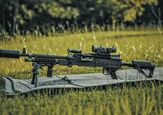
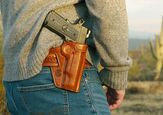
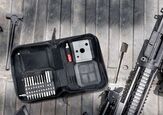









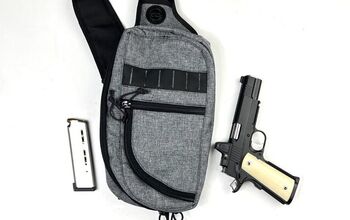
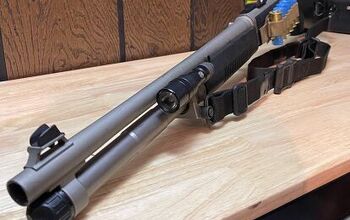
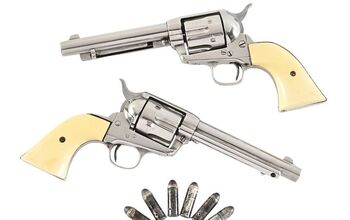
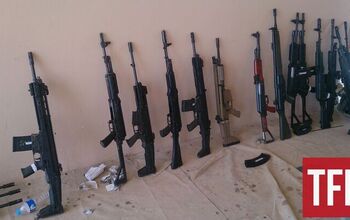



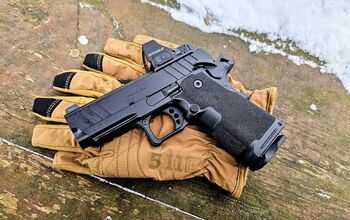

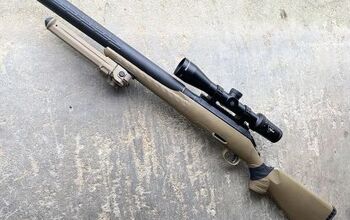
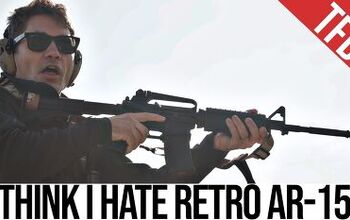


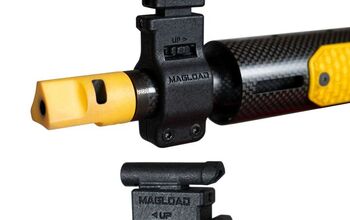
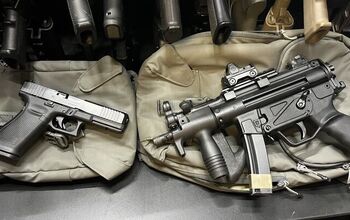

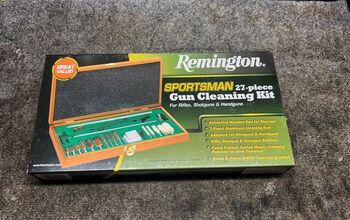

Comments
Join the conversation